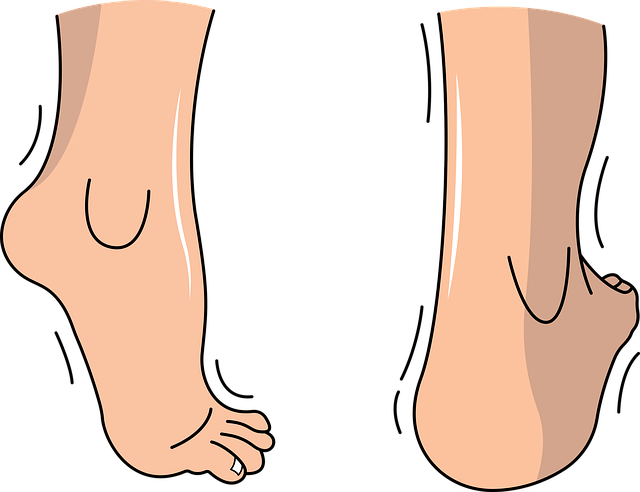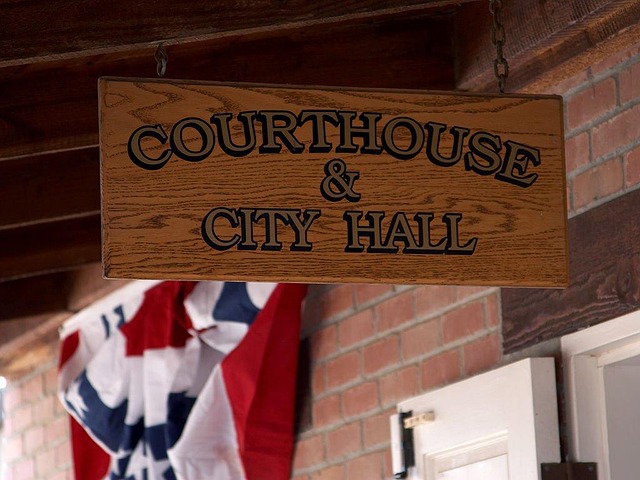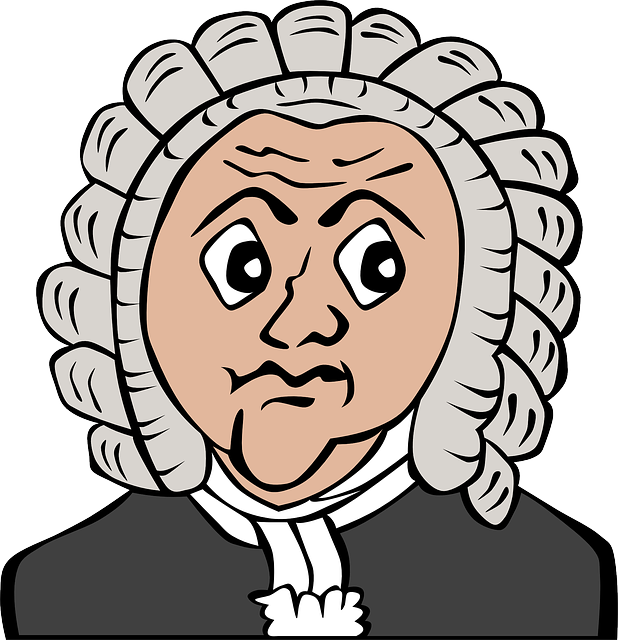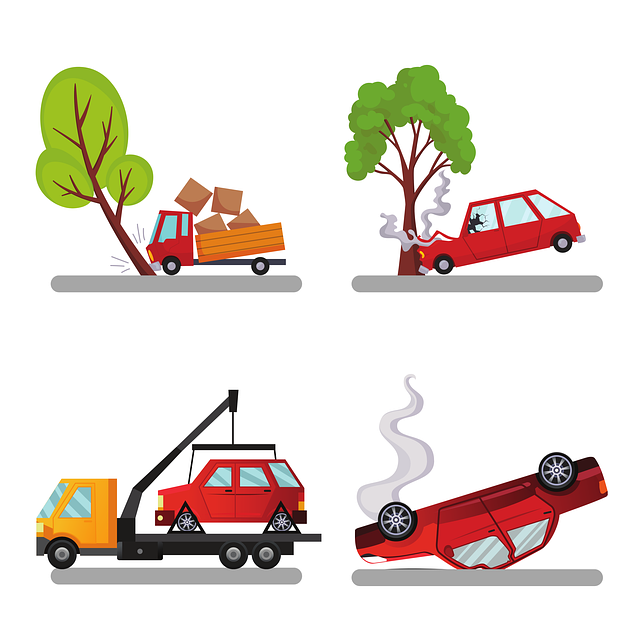Product Liability Settlement: Navigating Class Action Impacts and Considerations

Class action lawsuits empower consumers by holding manufacturers accountable for defective products,…….
Product liability settlement is a critical aspect of modern commerce, encompassing the legal processes and agreements that address harm caused by defective products. This intricate field involves businesses, consumers, and regulatory bodies navigating complex issues of responsibility, compensation, and safety. In an era where product recalls and class-action lawsuits are common, understanding effective settlement strategies has become paramount for companies aiming to protect their reputations and financial stability. This article aims to delve into the intricacies of product liability settlement, offering readers a comprehensive guide to its fundamentals, global implications, economic factors, technological influences, regulatory frameworks, and future prospects.
Product liability settlement refers to the process by which a company or manufacturer resolves claims and suits arising from the sale of defective products that cause harm to consumers or users. It involves several key components:
The concept of product liability has evolved over time, with its roots tracing back to common law principles. In the early 20th century, courts in the United States began recognizing the duty of care that manufacturers owed to consumers, leading to landmark cases like Greenman v. Yuba Power Products (1971), which established strict liability for defective products. This legal framework has since been adopted and adapted by numerous countries worldwide.
Product liability settlement plays a pivotal role in ensuring consumer safety, fostering market trust, and promoting corporate accountability. It operates within a broader legal landscape that includes product liability laws, consumer protection regulations, and class-action litigation. The global nature of modern supply chains adds complexity, requiring multinational corporations to navigate diverse legal systems and cultural differences in their settlement strategies.
Product liability settlement has a profound impact on international trade and commerce. Multi-national companies must adhere to varying legal standards across countries, often facing the challenge of adapting their settlement practices to align with local regulations and consumer expectations. For instance, Europe’s strict product safety regulations, as outlined in the General Product Safety Directive, significantly influence how manufacturers approach settlements in European markets.
Product liability settlements significantly impact market dynamics, particularly in highly competitive industries. Large-scale recalls or settlement agreements can affect consumer confidence, leading to shifts in brand perception and market share. For example, the Volkswagen emissions scandal in 2015 resulted in massive global settlements, causing a temporary dip in the company’s stock price and market value.
Investors closely monitor product liability risks when considering investments in manufacturers and retailers. Companies with robust risk management strategies and transparent settlement practices may attract more investment due to reduced legal uncertainties. Conversely, recurring product liability issues can deter investors, impacting a company’s financial health and long-term prospects.
Product liability settlements are integrated into broader economic systems, influencing:
| Factor | Impact |
|---|---|
| Consumer Spending: Settlements for defective products can impact consumer trust, potentially leading to reduced spending or shifts in purchasing behavior. | |
| Business Operations: Companies may incur substantial legal costs and operational expenses during settlements, affecting profitability and reinvestment strategies. | |
| Regulatory Environment: Strict liability laws and stiff penalties encourage manufacturers to invest more in product safety, driving economic efficiency in the long run. | |
| Insurance Market: Product liability insurance premiums vary based on industry risks, impacting manufacturing and retail costs. |
Technology plays a dual role in product liability settlements:
Product liability settlement is shaped by a web of policies, regulations, and legislative frameworks that vary across jurisdictions:
Challenge: Volkswagen (VW) was caught using software to cheat emissions tests for their diesel vehicles, leading to widespread criticism and a global scandal.
Settlement Strategy: VW faced massive product liability lawsuits and regulatory penalties. They implemented a global settlement plan, offering compensation to affected vehicle owners and investing billions in emission-compliant technologies.
Outcomes: The scandal led to significant changes in the automotive industry’s transparency and accountability. VW’s settlement demonstrated the potential economic impact of product liability issues on a multinational corporation.
Issue: Defective airbags manufactured by Takata caused severe injuries and deaths due to incorrect ammonium nitrate deployment.
Settlement Approach: Numerous lawsuits were consolidated into class-action status, leading to a massive settlement. Takata filed for bankruptcy, and the U.S. National Highway Traffic Safety Administration (NHTSA) oversaw the recall and compensation process.
Lessons Learned: This case highlights the complexity of mass product recalls and settlements, emphasizing the importance of proactive safety measures and efficient regulatory coordination.
Scenario: Apple was accused of slowing down older iPhone models to extend battery life, leading to consumer backlash.
Resolution: Apple faced numerous class-action lawsuits but chose to address the issue through transparent communications and battery replacement programs, avoiding a costly settlement.
Impact: This case showcases how proactive corporate responses can mitigate product liability claims and enhance brand reputation.
Product liability settlement is an evolving field that reflects the dynamic interplay between business, law, technology, and consumer protection. As global markets become more interconnected, understanding and navigating this complex landscape is crucial for businesses aiming to protect their reputation, manage risks, and foster market trust. By embracing technological advancements, adopting efficient dispute resolution methods, and prioritizing consumer safety, manufacturers can enhance their product liability settlement strategies, ensuring long-term sustainability and success.
Q: What is the difference between product liability and product warranty?
A: Product liability refers to legal responsibility for harm caused by defective products, while a product warranty is a voluntary promise made by the manufacturer regarding the performance or durability of a product.
Q: How do class-action lawsuits impact product liability settlements?
A: Class-action lawsuits allow multiple consumers affected by a common issue to band together, increasing leverage during negotiations with manufacturers. This approach can lead to more favorable settlement terms for consumers.
Q: Can technology truly streamline the complex process of product liability settlements?
A: Absolutely! Technology offers efficient case management tools, digital document sharing, and online dispute resolution platforms, simplifying processes and reducing costs. AI and blockchain have further potential to revolutionize settlement practices.
Q: What are some signs that a company may be facing a significant product liability issue?
A: Red flags include an unusually high number of customer complaints, product recalls, increasing litigation, or negative media coverage related to product safety concerns.
Q: How can multinational corporations adapt to varying legal standards across markets?
A: By conducting thorough market research and seeking local legal counsel, companies can understand and comply with regional regulations. Standardized settlement agreements and transparent communication strategies also help navigate diverse legal landscapes.

Class action lawsuits empower consumers by holding manufacturers accountable for defective products,…….

A product liability settlement is a legal agreement between manufacturers, sellers, or suppliers and…….

Product liability settlement talks are crucial for resolving defective product claims outside of cou…….

Product liability law holds manufacturers accountable for defective products causing injury, encompa…….

Understanding Product Liability Settlements is vital for navigating legal processes related to defec…….

Product liability settlements require thorough documentation to establish a direct link between defe…….

Product liability settlements arise from product defects causing harm, ranging from injuries to heal…….

Product liability settlement negotiations are crucial for resolving legal claims related to defectiv…….

Product liability settlements are financial agreements between injured consumers and manufacturers/s…….

Product liability settlements are crucial for redressing harm caused by defective products, especial…….